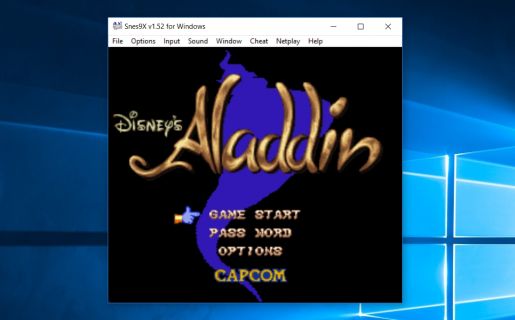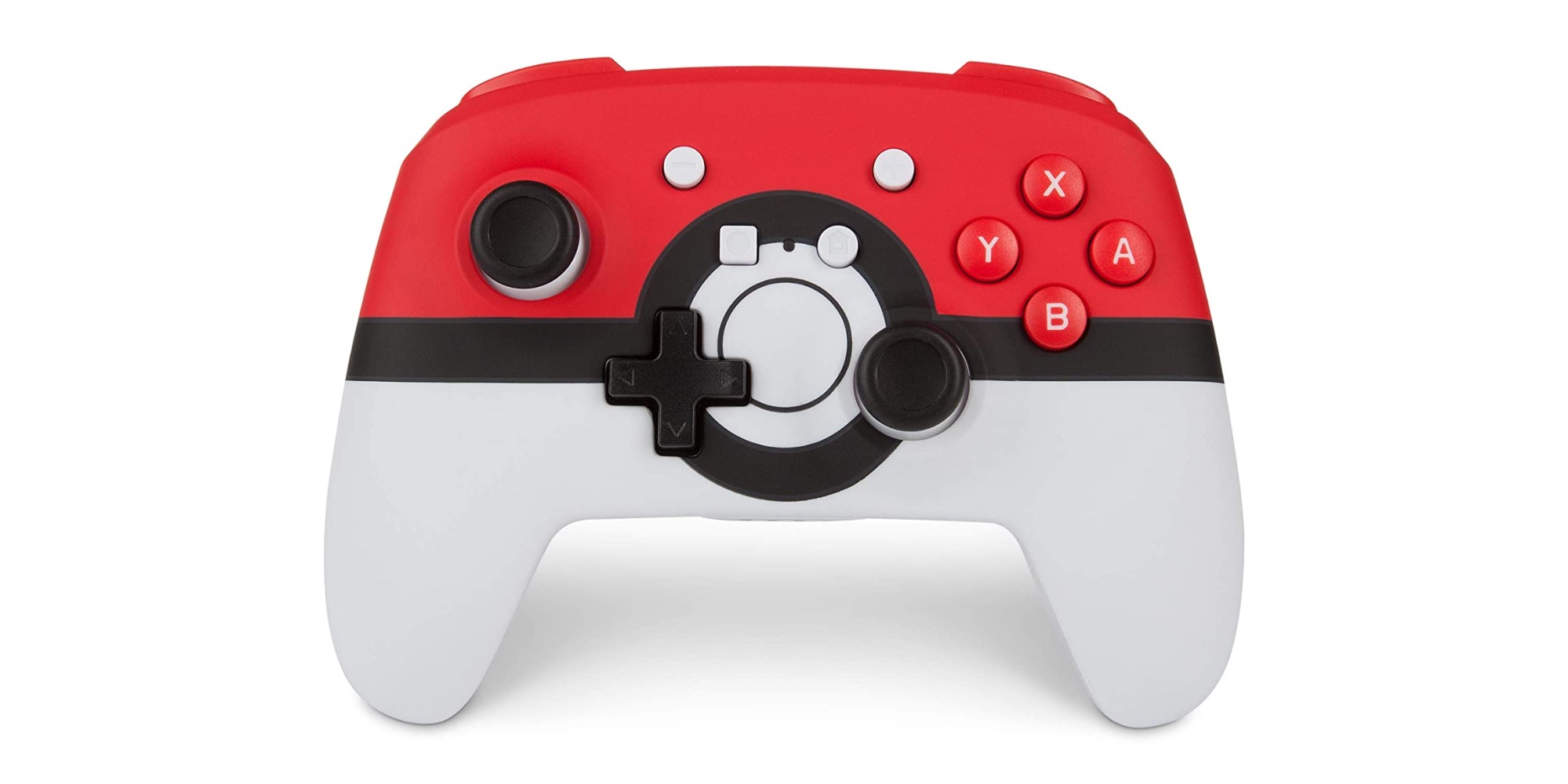

- #SAVING FROM CONTROLLER IN SNES9X MAC ZIP#
- #SAVING FROM CONTROLLER IN SNES9X MAC DOWNLOAD#
- #SAVING FROM CONTROLLER IN SNES9X MAC TORRENT#
- #SAVING FROM CONTROLLER IN SNES9X MAC MAC#
You can avoid clunky, non-existent, or buggy in-game save systems, saving the game wherever you like or even using an auto-save system. With save states, the emulator itself saves your current game progress down to the frame. However, you can also completely circumvent the game’s save system using save states. When playing an emulator, you can rely solely on the in-game save system, provided one exists. Tips and TricksĮmulators work a little differently from consoles, and there are some tricks to ensure smooth operation. The interaction metaphor used here is similar to inserting a cartridge and then turning on the game system. You may also need to select “Run” once a ROM is loaded. In most other emulators you will open ROMs manually from the File menu. If you don’t like this behavior, it can be disabled in OpenEmu’s preferences. They’ll also be copied to a separate library on disk by default, which is maintained by OpenEmu. They’ll be automatically loaded into your game library and associated with the appropriate core.

Simply select the ROM files in Finder and drag them into the OpenEmu window. With OpenEmu, you can build an independently-maintained library of ROMs on your hard drive.
#SAVING FROM CONTROLLER IN SNES9X MAC ZIP#
You can use the “Open With …” menu to open a ROM file with the correct emulator.įor ROMs packaged as ZIP files, you’ll need to unzip them before you can apply this method. If the association isn’t working properly with your emulator, don’t fear. OpenEmu will automatically grab all the common ROM file extensions, so you can simply double-click on ROMs in Finder to launch the associated games. Some emulators will automatically assign the appropriate file extensions, while others will not. If you try and double-click on a ROM file to open it, you might find that nothing happens. Depending on the system you’re using, there are a few different ways to launch your game. Once you have the ROMs and emulators downloaded, you can actually play retro games on macOS. So don’t worry about finding macOS-compatible ROMs, since such a thing doesn’t exist. As far as the ROM is concerned, the emulator is the operating system. Note that ROMs themselves don’t care about your operating system.
#SAVING FROM CONTROLLER IN SNES9X MAC TORRENT#
A number of torrent trackers include ROM downloads for a variety of systems, typically packaging hundreds of games together in one torrent. However, ROMs can still be found in the same places you might pirate other copyrighted content. As a result, major emulation sites have voluntarily shut down to avoid legal repercussions, removing a major resource for ROM downloads. While this was once overlooked by companies owning the copyright of emulated games, publishers have become less lenient in recent years. As you can imagine, this wasn’t exactly kosher from a legal perspective. It used to be that a number of websites offered freely available ROMs for download.

It can run games from popular systems like NES, SNES, Nintendo 64, PlayStation, Game Boy, and dozens more. The modular emulation program has quickly become the most popular emulation platform for macOS. It’s like an emulation hub for the most popular retro game platforms. OpenEmu is a free, open-source project that can emulate multiple systems on macOS. Our strong preference, however, is OpenEmu.
#SAVING FROM CONTROLLER IN SNES9X MAC DOWNLOAD#
If you just want to emulate one platform, you can download a single emulator from here. Emu Paradise maintains a collection of Mac-compatible emulators you can explore.
#SAVING FROM CONTROLLER IN SNES9X MAC MAC#
Emulator Zone provides the largest collection of functional emulators to download, but it can be light on Mac emulators. Some emulation systems can handle more than one console, but most are individualized. If you want to play PS1 games, you’ll need a PS1 emulator, and so on. If you want to play NES games, for example, you’ll need an NES emulator. Emulating a game requires two parts: the ROM, which contains the game data, and the emulator, which acts as the console system.


 0 kommentar(er)
0 kommentar(er)
